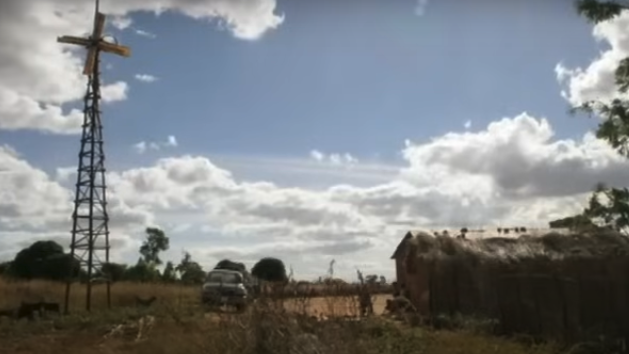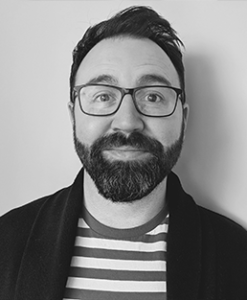Course summary
In this course, you'll discover how STEM (science, technology, engineering, and mathematics) can be used to solve real-world problems while addressing the United Nations Sustainable Development Goals (SDGs). Learn how to define problems that STEM can solve, and explore practical strategies for integrating sustainability challenges into your classroom. Equip your students with the skills and knowledge to make a positive impact on global issues, all through the power of STEM education. Perfect for educators looking to inspire change and innovation in their students.
You will learn:
This course will help you understand how STEM education can be used to address the intended outcomes of the United Nations Sustainable Development Goals. You’ll learn:
- What STEM is.
- How STEM can be used to solve real-world problems and how to define a problem that STEM can help to solve.
- What the UN Sustainable Development Goals are.
- How STEM can be used to meet the challenges of sustainable development.
- How you can bring the UN Sustainability Goals into your classroom using STEM.
Course time:
This course will take you 2 hours to complete. Enjoy it in one session or spread it out over a few weeks. You will have ongoing access via your personal dashboard.
Accreditation:
This course is mapped to the Professional Standards for Teachers. It is accredited for teacher professional development hours:
Proficient Teacher – all states and territories:
- 3.3 Select and use relevant teaching strategies to develop knowledge, skills, problem solving, and critical and creative thinking.
- 4.1 Establish and implement inclusive and positive interactions to engage and support all students in classroom activities.

This course is accredited by TQI for 2 hours of professional development for teachers in the ACT for 2025.
Save
Course Content

Getting Started

STEM in the Real World

STEM for Sustainable Development

STEM Builds Student Skills

Your Teaching

Reflection
Course instructors

Krista Nisi is the Head Writer at Cool Australia and brings over 15 years of experiencing working in education, tertiary and local government. She holds a Masters in Environment (Environmental Education) from the University of Melbourne. Krista looks for innovative ways to involve young people in early learning and school education by helping them explore, think about and engage with the world around them.

Mark Drummond from Cool Australia is your course teacher. He has worked in the education sector for over 11 years as a classroom teacher, Leader of Pedagogy within an Ed-Tech startup and as an educational consultant. Mark is an absolute science nerd and loves talking about dinosaurs as much as he loves talking about education (which is a lot)!
Frequently Asked Questions
How long will this take to complete?
This course will take you 2 hours to complete. Enjoy it in one session or spread it out over a few weeks. You will have ongoing access via your personal dashboard.
Will I get proof of completion?
You will get a Cool.org certificate when you finish, which you can access any time via your personal dashboard, it will also be sent to you by email.
Is this course accredited?
This course is mapped to the Professional Standards for Teachers. It is accredited for teacher professional development hours in the following states and territories:
Proficient Teacher – all states and territories:
- 3.3 Select and use relevant teaching strategies to develop knowledge, skills, problem-solving, and critical and creative thinking.
- 4.1 Establish and implement inclusive and positive interactions to engage and support all students in classroom activities.
This course is accredited by TQI for 2 hours of professional development for teachers in the ACT for 2025.
What are the curriculum links?
- Science, Mathematics, Design and Technology
- General capabilities: Critical and Creative Thinking
- Cross-curriculum priorities: Sustainability

Welcome back!
Don't have an account yet?
Log in with:
Create your free Cool.org account.
Many of our resources are free, with an option to upgrade to Cool+ for premium content.
Already have an account?
Sign up with:
By signing up you accept Cool.org's Terms and Conditions(Opens in new tab) and Privacy Policy(Opens in new tab).